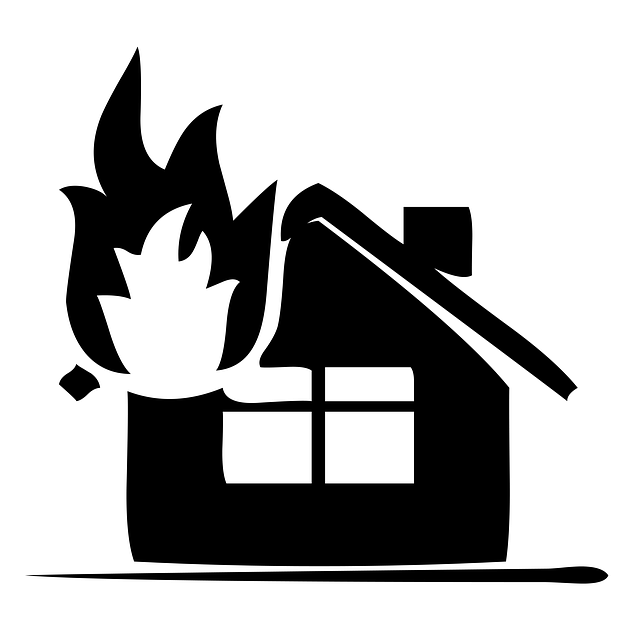
When most people think about home safety, they imagine door locks, security systems, or sturdy windows. Yet one of the greatest threats is something far more ordinary: fire. Unlike other hazards, a house fire often starts quietly—sometimes with nothing more than a frayed cord, an unattended candle, or lint that wasn’t cleared from a dryer vent. The good news is that fire safety at home doesn’t require fancy equipment; it begins with awareness and consistent habits.
Start with the Basics: Smoke Alarms
A smoke alarm is often the first line of defense. It’s not enough to simply have them installed—you should know whether they’re working. Test them monthly, replace batteries at least once a year, and consider upgrading to interconnected alarms so if one goes off, they all sound. That extra layer of warning can make the difference in precious seconds.
Electrical Systems Deserve Attention
Outdated or overloaded wiring is a common culprit in residential fires. Extension cords that become permanent fixtures or outlets with too many devices plugged in are warning signs. Look for flickering lights, warm outlets, or tripped breakers. If you notice any of these, it may be time for a licensed electrician to take a closer look. Prevention here is much less costly than repair after an incident.
Everyday Habits That Matter
The small routines of daily life add up to your home’s fire safety profile. Cooking, for example, is the leading cause of household fires. Staying in the kitchen while using the stove is simple but often overlooked. Likewise, blow out candles before leaving a room, keep space heaters at least three feet away from anything that can burn, and empty your dryer’s lint trap every load. These aren’t complicated steps, but they’re the ones most often skipped.
Escape Plans Save Lives
Even with preparation, fires can still happen. That’s why every household should practice a straightforward escape plan. Identify two ways out of every room and make sure windows and doors open freely. Choose a safe meeting point outside—like the end of the driveway—so everyone can be quickly accounted for. Practicing the plan ensures that in a real emergency, panic doesn’t take over.
Fire Extinguishers: Simple Tools, Big Impact
Having at least one multi-purpose extinguisher in accessible spots such as the kitchen and garage is a smart investment. Equally important is knowing how to use it. A brief review with family members can prevent hesitation when seconds matter most.
A Final Word
Fire safety isn’t about living in fear—it’s about building habits that protect your home and the people inside it. With the right checks, tools, and awareness, your home can be a much safer place against a threat that’s often underestimated. Taking a few minutes today could prevent a lifetime of regret tomorrow.

Recent Comments